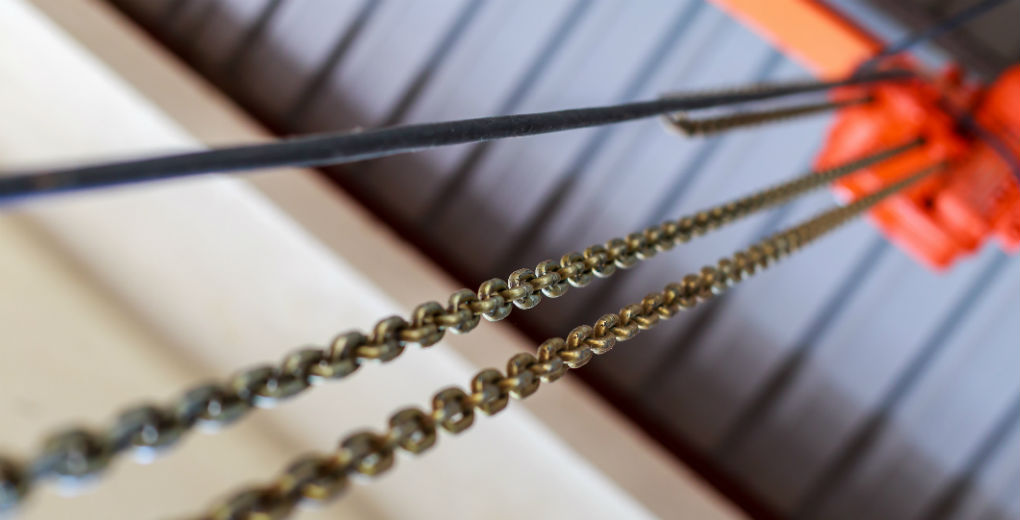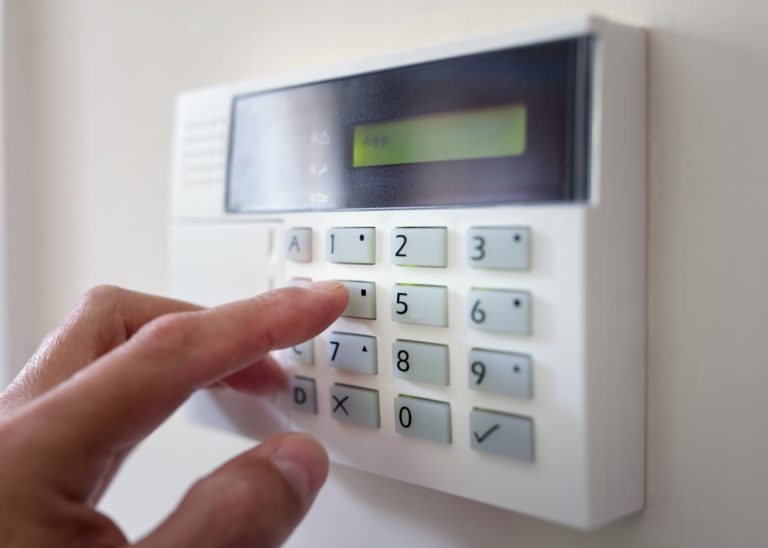The consequences of under-inspected lifting equipment can be serious, potentially causing serious injuries and even fatalities. Lifting equipment is defined as any machinery or apparatus used for carrying and lowering heavy loads – including overhead cranes, forklifts, motor vehicle lifts and vehicle tail lift, building cleaning cradles and similar. Lifting accessories include any chains, hooks or bolts which are used to attach the load.
To run a safe business environment, any lifting equipment on-site should be thoroughly examined on a regular basis, as well as carrying out simple pre-use checks before each use. Here are some good reasons why…
- Reduce the health and safety risk
Your number one priority is the safety of your employees and anybody else on-site, including visitors and the public. Regular safety inspections and testing will ensure the condition of the equipment has not deteriorated through wear over time, or become defective.
- Follow the law
If your business uses lifting equipment, you must comply with The Health and Safety Executive’s Lifting Operations and Lifting Equipment Regulations 1998 (LOLER). This sets out how often “systematic and detailed” examinations of the equipment and any safety-critical parts must be carried out, and can be found online.
- Complete your paperwork
The Health and Safety Executive also requires each “thorough examination” to be followed by the completion of a written report – detailing the examination date, the date when the next check is due and any defects found which are, or could become, dangerous.
- Repair defects in good time
Wear and tear is inevitable in machinery which is used often, exposed to bad weather or intensive use, and which is put under stress by heavy loads. Failure to find, report and fix issues could result in serious injury. Checks at regular intervals allow plenty of time to repair parts before they need to be used.
For a free quotation for engineering inspection and insurance, contact the Chartered brokers at Hine.




